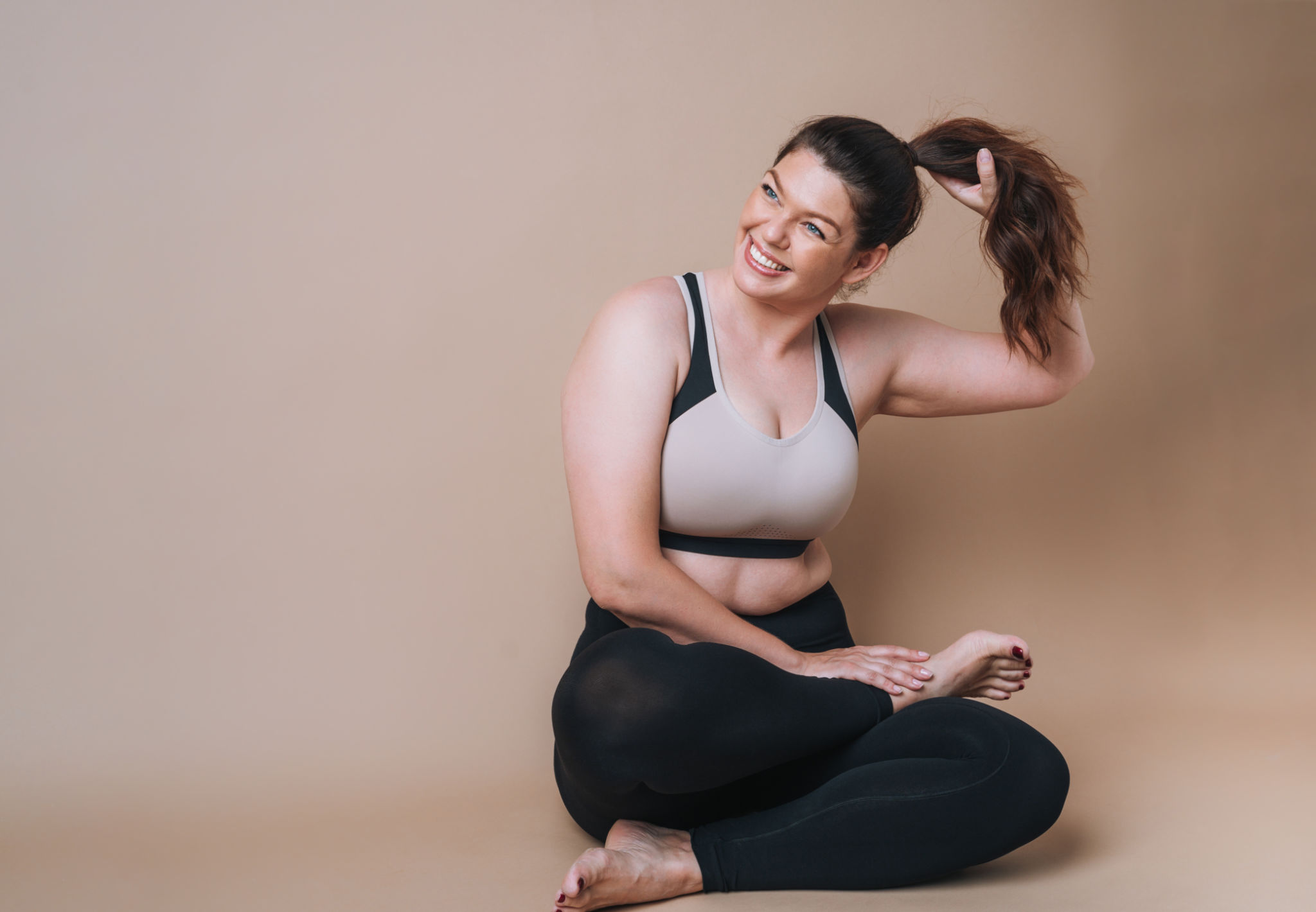How to Stay Active and Injury-Free After 40: Essential Tips
Understanding Your Body's Changes After 40
As we age, our bodies undergo various changes, including a decrease in muscle mass, slower metabolism, and a reduction in bone density. These factors can increase the risk of injuries if we don't adjust our fitness routines accordingly. Understanding these changes is crucial in staying active and injury-free.
It's essential to listen to your body and acknowledge any signs of fatigue or discomfort. Overexertion can lead to unnecessary strain and potential injuries. Adjusting your workouts to accommodate these changes can help you maintain a healthy and active lifestyle.

Choosing the Right Exercise Routine
Selecting an appropriate exercise routine is vital for staying injury-free. Focus on low-impact activities that are gentle on your joints, such as walking, swimming, or cycling. Incorporating a mix of cardiovascular, strength training, and flexibility exercises can provide a balanced approach to fitness.
Strength training is particularly important after 40, as it helps maintain muscle mass and bone density. Aim for exercises that target major muscle groups and include weight-bearing activities to support bone health.
Benefits of Flexibility and Balance Exercises
Integrating flexibility and balance exercises into your routine can significantly reduce the risk of injuries. Practices like yoga and Pilates enhance flexibility, improve posture, and strengthen core muscles. These exercises also help in maintaining balance, which is crucial as we age.

Incorporating Rest and Recovery
Rest and recovery are just as important as the workouts themselves. Allowing your body time to heal and rebuild is essential for preventing injuries. Ensure you get adequate sleep and consider incorporating rest days into your weekly routine.
Listening to your body's signals and adjusting your activity levels when needed can prevent overuse injuries. If you experience persistent pain or discomfort, it may be wise to consult a healthcare professional.
The Role of Nutrition in Staying Active
A balanced diet plays a crucial role in maintaining energy levels and supporting muscle recovery. Ensure you're consuming enough protein to aid muscle repair and include plenty of fruits and vegetables for essential vitamins and minerals.

Smart Goal Setting
Setting realistic and attainable fitness goals can keep you motivated while minimizing the risk of injury. Start with small objectives and gradually increase intensity as your fitness improves. This approach helps prevent the temptation to push too hard too soon, reducing the chance of strains or sprains.
Tracking progress through a journal or fitness app can help you stay focused and adjust your goals as needed. Celebrating small victories along the way can also boost your motivation and commitment to an active lifestyle.
Seeking Professional Guidance
If you're unsure where to start or need assistance tailoring a fitness plan to your needs, consider working with a certified personal trainer or physical therapist. They can provide personalized guidance and ensure you're using proper techniques to prevent injury.
Regular check-ins with professionals can help you stay on track and make necessary adjustments to your routine as you progress. Their expertise can be invaluable in maintaining an active lifestyle beyond 40.

Conclusion
Staying active after 40 is entirely achievable with the right approach. By understanding your body's changes, choosing appropriate exercises, incorporating rest, focusing on nutrition, setting realistic goals, and seeking professional guidance, you can enjoy an active lifestyle while minimizing the risk of injury. Embrace these strategies to stay fit, healthy, and energized well into your later years.
